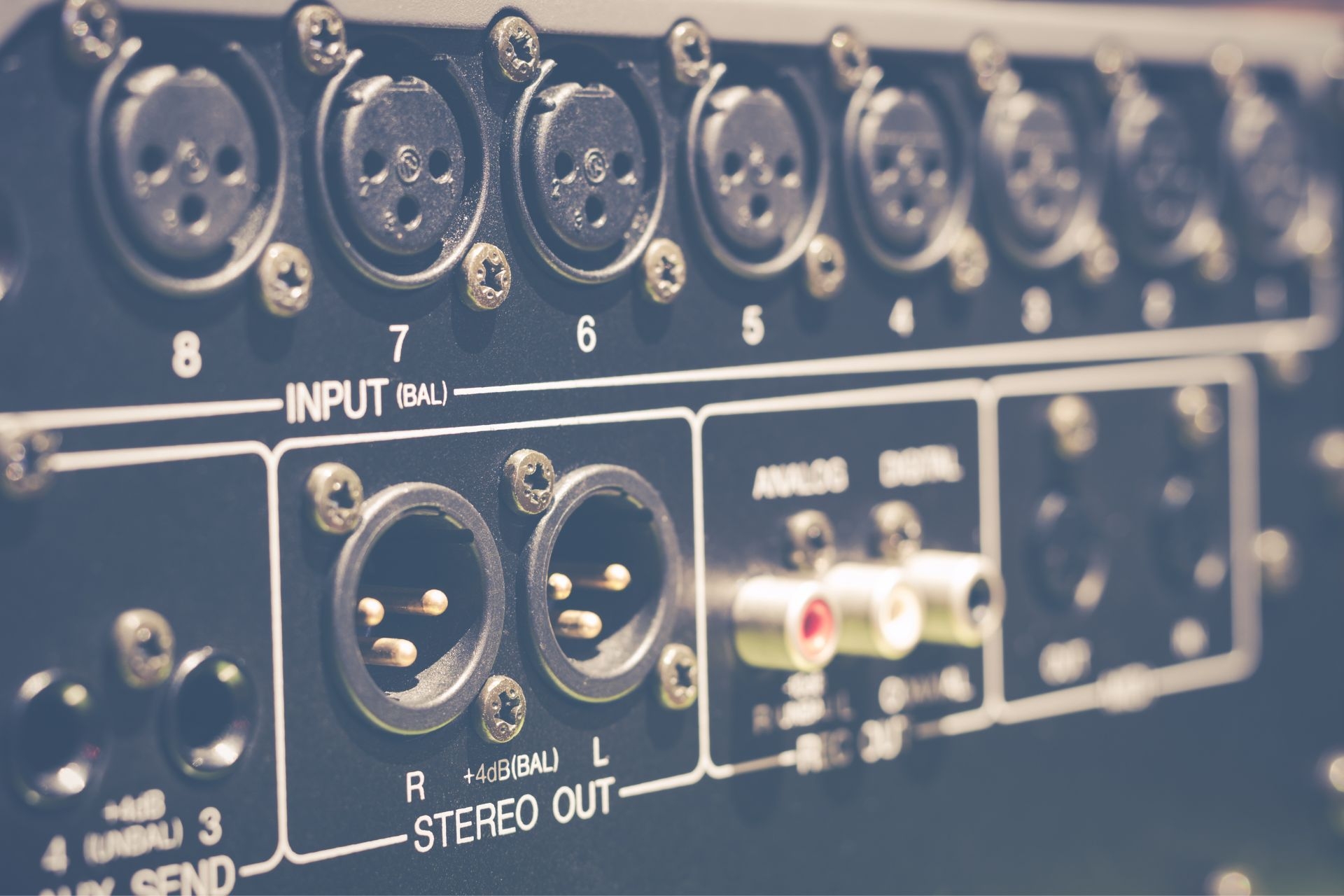Bayesian estimation techniques improve noise reduction performance by incorporating prior knowledge, updating beliefs based on new evidence, and calculating the posterior distribution of parameters. By utilizing probabilistic models, Bayesian methods can effectively handle uncertainty and variability in data, leading to more accurate and robust estimates. These techniques also allow for the incorporation of domain-specific information, regularization of estimates, and adaptive learning, which further enhance noise reduction capabilities. Additionally, Bayesian approaches enable the integration of multiple sources of information, such as prior distributions, likelihood functions, and observational data, resulting in improved inference and prediction accuracy. Overall, the use of Bayesian estimation techniques can significantly enhance noise reduction performance by leveraging advanced statistical methods and principles.



